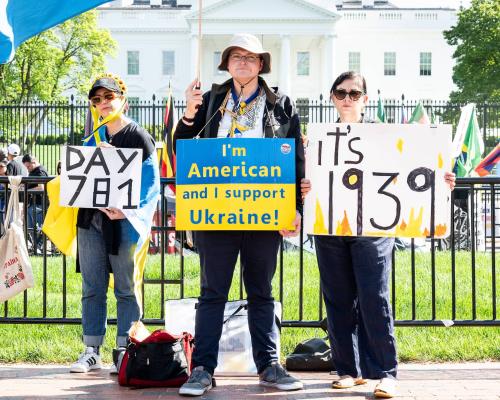China’s new public diplomacy is ramping up to complement its traditional diplomacy. Chinese leaders are traversing the globe and receiving foreign leaders at home, but less noticed has been the blitz of China’s new soft-power efforts.
Discussions here in Beijing indicate that the Chinese government is more aware of its tarnished international image and is undertaking numerous coordinated steps to improve it.
The most recent BBC/Globescan poll of 28 nations showed, for example, that China’s global image remains mixed. Only in Africa and Pakistan is it consistently positive, while in Asia, North America, and Latin America it is neutral to poor. Across Europe it is strongly negative.
To try and raise China’s global profile and improve its image abroad, the Chinese government is investing in a broad range of activities and institutions. A new Office of Public Diplomacy has been established in the Foreign Ministry, while the State Council Information Office is coordinating China’s media and exchange organizations to “go out” (zou chuqu) and establish a foothold in the international media environment and think-tank world.
The Chinese government is investing a reported $8.7 billion in 2009-2010 in its “external publicity work” — primarily on the “Big Four”: China Central Television (CCTV), China Radio International (CRI), Xinhua News Agency and the China Daily newspaper — while media executives and opinion shapers from various countries are being brought to China for “familiarization” tours.
All four of these external media outlets have had major makeovers in recent months, all intended to give a less propagandistic face to the world. Foreigners now anchor news broadcasts; op-ed pages are becoming more serious; radio programs are more diversified; Web sites are more informative; and newspapers are publishing more investigative stories.
Some specific efforts include Xinhua TV now operating a 24 hour news channel that is trying to imitate Al Jazeera; CCTV News is trying to compete with CNN and BBC; CRI is buying more air time in a number of AM and FM radio markets in the United States and Europe, while broadcasting directly into Africa, the Middle East and Latin America. CCTV now broadcasts six international channels in five languages and claims a total global audience of about 125 million.
Some provincial television stations (Chongqing, Shanghai and Hunan) also seek a niche in the foreign broadcast market. China has also funded a series of English and Chinese language television stations abroad, such as Blue Ocean Network (BON TV) and Great Wall TV in the United States.
Xinhua News Agency is penetrating deeply into the developing world, becoming the principal source of news for people in Africa. Xinhua also sees a particular target of opportunity with the main Western news wires (AP, UPI, Thomson Reuters). Xinhua’s strategy is to file mainly descriptive news reports, unfiltered with Chinese political perspective, and to develop a clientele by marketing a cheaper news report than the big Western wire services.
Currently, Xinhua has 80,000 paying institutional subscribers, which produces a strong revenue stream, but also provides a source of news and information to publics in the developing world where there are precious few domestic sources. Xinhua has 400 correspondents posted in 117 bureaus around the world, with plans to add 10 more by 2012 and to grow to 180 by 2020. In addition to media initiatives, China is sponsoring an increasing range of cultural exhibitions and “Years of China” abroad. Nearly 100 are planned in 2010.
At home, it is hosting the dazzling World Expo 2010 in Shanghai. Chinese films and literature are enjoying growing global popularity as well. Educationally, China has also opened 282 Confucius Institutes and 272 Confucius Classrooms worldwide to promote Chinese language and culture.
Whether these new soft-power efforts will bear fruit and build a more positive image for China around the world remains to be seen. The messages transmitted abroad still often have a wooden and propagandistic flavor to them.
Moreover, as Joseph Nye notes in his seminal work on the subject, real soft power comes from a society, not from government. China’s government continues to muzzle many of its most creative and diverse elements, while China’s human rights record, its political system, economic strength, and growing military power all continue to negatively afflict its image abroad.
No matter how well resourced the (state) messenger is and how much the message is massaged, it is still reality that will play the main role in shaping China’s image around the world.



Commentary
Op-edChina Flexes Its Soft Power
June 7, 2010